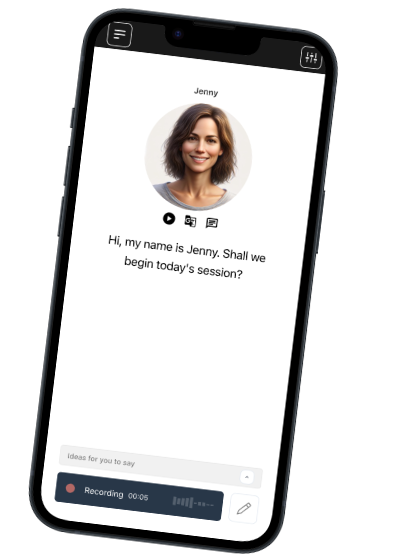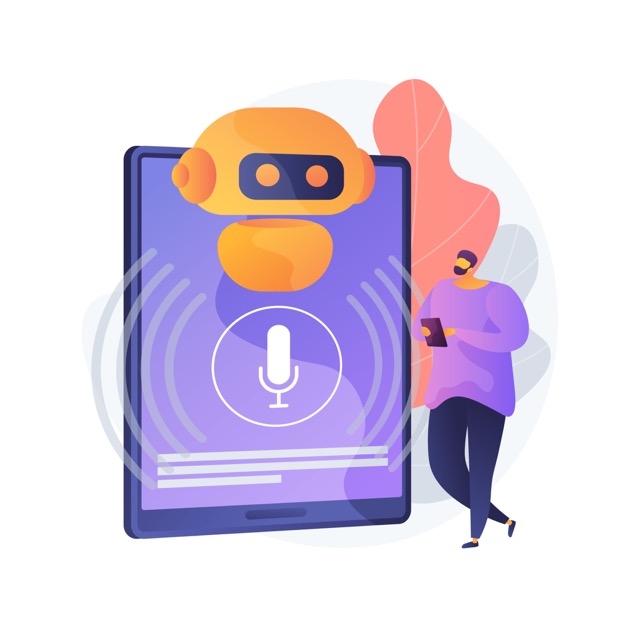Founded in Denmark. We respect your privacy.
Join a worldwide community of language learners
Preposition Pitfalls: In, At, On – Why English Location Phrases Drive Learners Crazy
Last updated on
Think of prepositions as the plot twists of English, they look harmless on the page, yet one tiny shift can change the entire scene. You stand at the bus stop, but your friend is already in the station. Exact location, different picture. If language is a story, these little words are the sly narrators, moving characters and settings without warning.
As a learner, you’ve probably felt that jolt when a sentence sounds fine in your head but lands awkwardly in real conversation. It’s not you; English simply refuses to play by neat mathematical rules. Prepositions bend logic, cross borders, and rewrite meaning depending on context.
Here’s the good news: with the right perspective, their chaos turns into patterns you can actually catch. Let’s peel back the mystery together, spot the cues native speakers rely on, and give those slippery words a place that finally makes sense.
Breaking Down the Big Three: In, At, On
Think of these three words as a set of camera lenses, each zooms in on a different slice of location. Your job is to pick the lens that frames the scene the way English speakers expect.
- IN covers anything that feels enclosed or surrounded. You’re in the room, in the city, or in a crowd of fans. Picture walls or boundaries, even if they’re invisible.
- AT pinpoints a spot or event. You wait at the corner, laugh at the party, or meet at the bus stop. It’s the GPS dot on your map.
- ON rests on surfaces or along lines. Your keys are on the table, your ad is on the wall, and you stroll on the street.
Mini-dialogue:
A: “Where are you?”
B: “I’m at the mall entrance.”
A: “Great, I’m already in the mall—see you inside.”
Pro Tip: Imagine a nesting doll: on is the skin, at is the pin, in is the heart.
Common Learner Traps
Even with the big three sorted out, English prepositions still like to spring surprises. You’ll spot these patterns faster once you know the traps that catch most learners.
Over-translation
Your first instinct might be to copy prepositions from your native language. A direct swap feels natural until “in the bus” sounds slightly off. Languages slice space differently, so English choices rarely match word for word.
Surface vs. Point Confusion
Why ride on a bus but sit in a car? Think of a bus as a moving platform you share with strangers, while a car feels like a private container.
Time vs. Place Overlap
Prepositions play double duty. You meet a friend at night, submit homework on Monday, and relax in the morning. Each pair hides a different logic of point, surface, or space.
Practice That Actually Sticks
Prepositions don’t settle in your memory through charts, they settle through sound, movement, and real conversations. You’ll notice the difference when you stop memorizing and start listening.
First, shadow real dialogues. Play short clips, repeat every line in rhythm, and match the stress where prepositions hide. Your ear begins to link at with pinpoint moments and in with enclosed spaces without you forcing it.
Second, track native patterns. While watching shows or chatting online, pause to spot how people naturally say things on the bus or at the café. Writing these mini-discoveries sharpens recall.
Finally, record yourself. Hearing your own sentences exposes slips you’d miss in silent practice.
The goal is not perfection; it is building a reflex where the right word simply feels right.
Takeaway
Prepositions may be small, but every encounter with them builds the muscle you need for confident speech. Each time you listen closely, repeat a phrase, or catch yourself mid-sentence, you are training your ear and reflexes.
Progress comes from steady exposure and honest feedback, not a flawless memory of rules. Keep testing, noticing, and laughing at the occasional mix-up. Those moments are proof that you are learning.
The more you play with in, at, on, the less they play tricks on you, and the more natural English locations start to sound in your everyday conversations.
Talk Your Way
to Fluency

Talkio is the ultimate language training app that uses AI technology to help you improve your oral language skills!
Try Talkio


